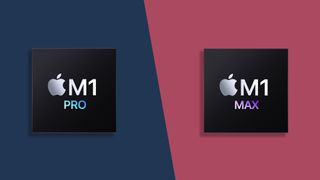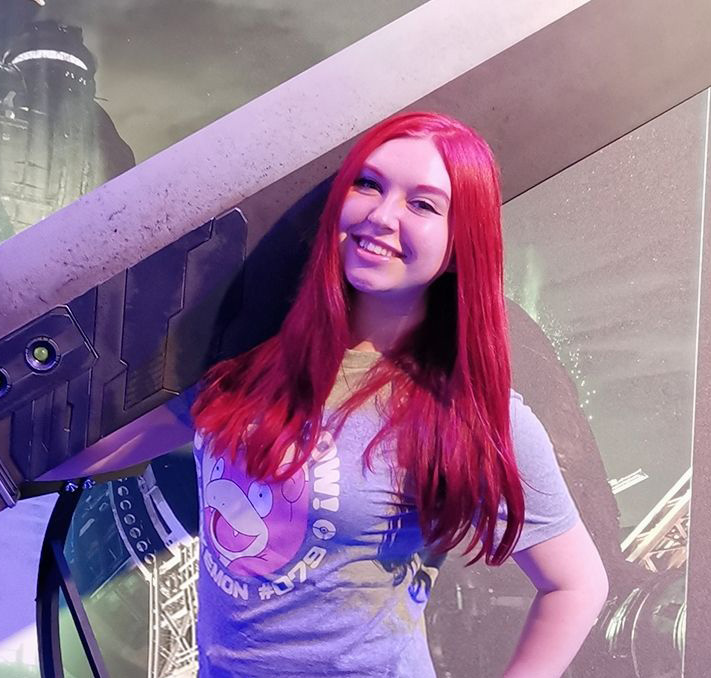MacBook Pro M1 Max graphics could be three times more powerful than the original M1
Phenomenal graphics power! Itty bitty SoC

For anyone hoping the M1 Max-powered MacBook Pro range would be the graphical powerhouse we were promised during the Apple Unleashed event on October 18, fresh benchmarks may have revealed some good news.
As reported by MacRumors, the first Metal Benchmark on Geekbench 5 for the M1 Max SoC (system-on-a-chip) has peeled back the curtain on what we can expect from the built-in GPU, achieving a score of 68,870. This is over three times higher than that of the original M1 SoC, which was released last year and secured 20,581 points in the same test.
As with all early benchmarks, take a few pinches of salt with this information until the product has officially hit the market for testing, but if it does prove to be genuine, the commentary on social media regarding this latest generation of MacBook Pro laptops finally feeling like 'professional' workstations again feels incredibly valid.
- Best MacBook and Macs: top Apple desktops and laptops
- macOS 11 Big Sur problems: how to fix the most common issues
- These are the best processors
Return of the Mac(Book Pro)
We've had a few other early benchmarks for the M1 Max, but nothing specific relating to its graphical capabilities. In fact, people have been comparing the chip against the Sony PlayStation 5 console by calculating teraflops, but this isn't an ideal way of working out how well your new Apple device will cope with demanding tasks like video editing or rendering.
Disregarding this poor comparison, Apple has stacked the MacBook Pro 14-inch (2021) and the MacBook Pro 16-inch (2021) against gaming laptops with dedicated graphics cards. Apple claims that the M1 Max chip offers "similar performance" to a "pro laptop with high-performing discrete GPU" while using 100 watts less power, having tested the fully specced out 16-inch MacBook Pro against the MSI GE76 Raider and the Razer Blade 15 Advanced.
There are very few games on macOS compared to what you can get on a Windows device, but powerful creative workstations use similar components to that of gaming laptops, which makes this a much better gauge on what applications you can expect to run on a new MacBook Pro.
Analysis: what about the M1 Pro?

We're not seeing as much information appearing regarding the less powerful M1 Pro chip sadly, which is a more affordable alternative to the M1 Max while still offering a step-up in power from the original M1.
Get daily insight, inspiration and deals in your inbox
Get the hottest deals available in your inbox plus news, reviews, opinion, analysis and more from the TechRadar team.
There's no doubt that this week has been especially exciting for Apple fans, and we share the sentiment that the 2021 refresh for the MacBook Pro has finally made the range feel like a professional workstation again, especially for creative tasks thanks to the return of built-in ports.
Given we've only seen leaks regarding the top-of-the-range silicon offering, we shouldn't get ahead of ourselves though. Stacking the M1 Pro and the M1 Max against each other when the devices officially hit the shelves will be needed to test if the M1 Pro is a viable option for creatives looking to run demanding applications like Maya or Adobe Premier.
Otherwise, those looking for a device that suits their needs might need to cough up a small fortune to buy a top-of-the-line MacBook Pro. At the maximum available configuration, the MacBook Pro 14-inch will set you back a princely $5,899 / £5,799 / AU$8,849, and there are more affordable Windows-based mobile workstations for those who don't insist on required a macOS laptop.
The M1 Max leaks and early benchmarks certainly look promising, but for such an expensive product, it's currently performing as expected rather than knocking our socks off. We won't know for sure, but let's hope the M1 Pro is just as impressive when we get some official test results in.
- These are the best laptops of 2021
Jess is a former TechRadar Computing writer, where she covered all aspects of Mac and PC hardware, including PC gaming and peripherals. She has been interviewed as an industry expert for the BBC, and while her educational background was in prosthetics and model-making, her true love is in tech and she has built numerous desktop computers over the last 10 years for gaming and content creation. Jess is now a journalist at The Verge.

